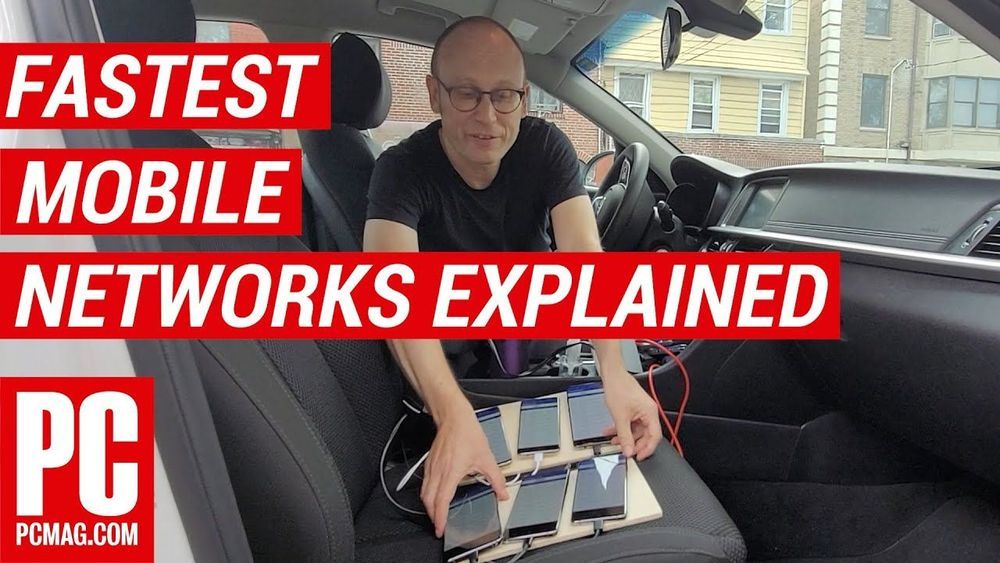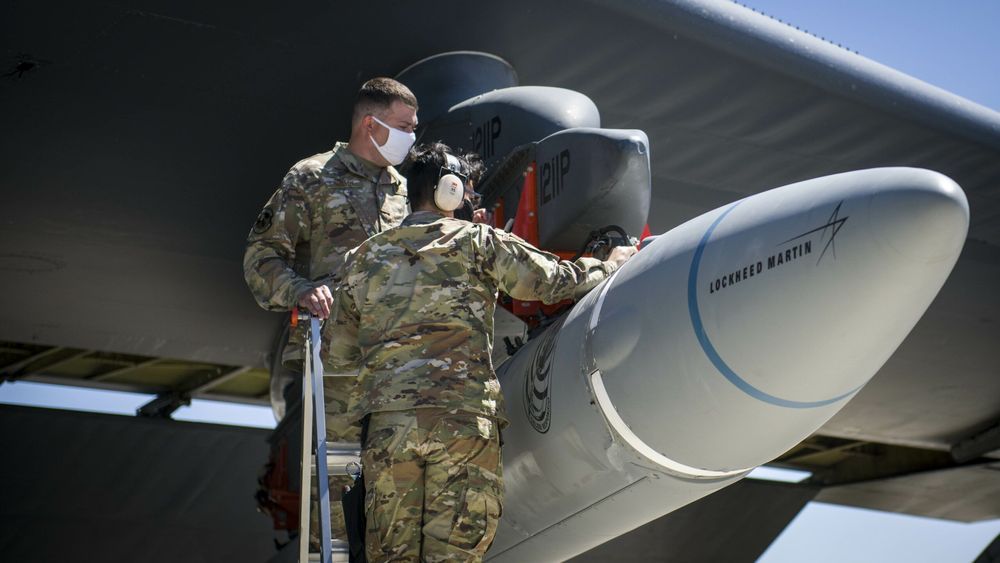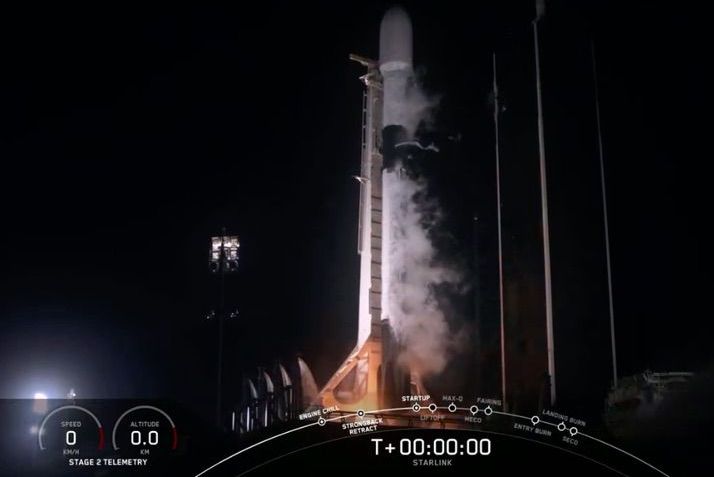Oct 13, 2020
A New Brain-Inspired Learning Method for AI Saves Memory and Energy
Posted by Kelvin Dafiaghor in categories: neuroscience, robotics/AI
Interesting Eric Klien
That prompted the researchers, who are part of the Human Brain Project, to look at two features that have become clear in experimental neuroscience data: each neuron retains a memory of previous activity in the form of molecular markers that slowly fade with time; and the brain provides top-down learning signals using things like the neurotransmitter dopamine that modulates the behavior of groups of neurons.
In a paper in Nature Communications, the Austrian team describes how they created artificial analogues of these two features to create a new learning paradigm they call e-prop. While the approach learns slower than backpropagation-based methods, it achieves comparable performance.
Continue reading “A New Brain-Inspired Learning Method for AI Saves Memory and Energy” »

















